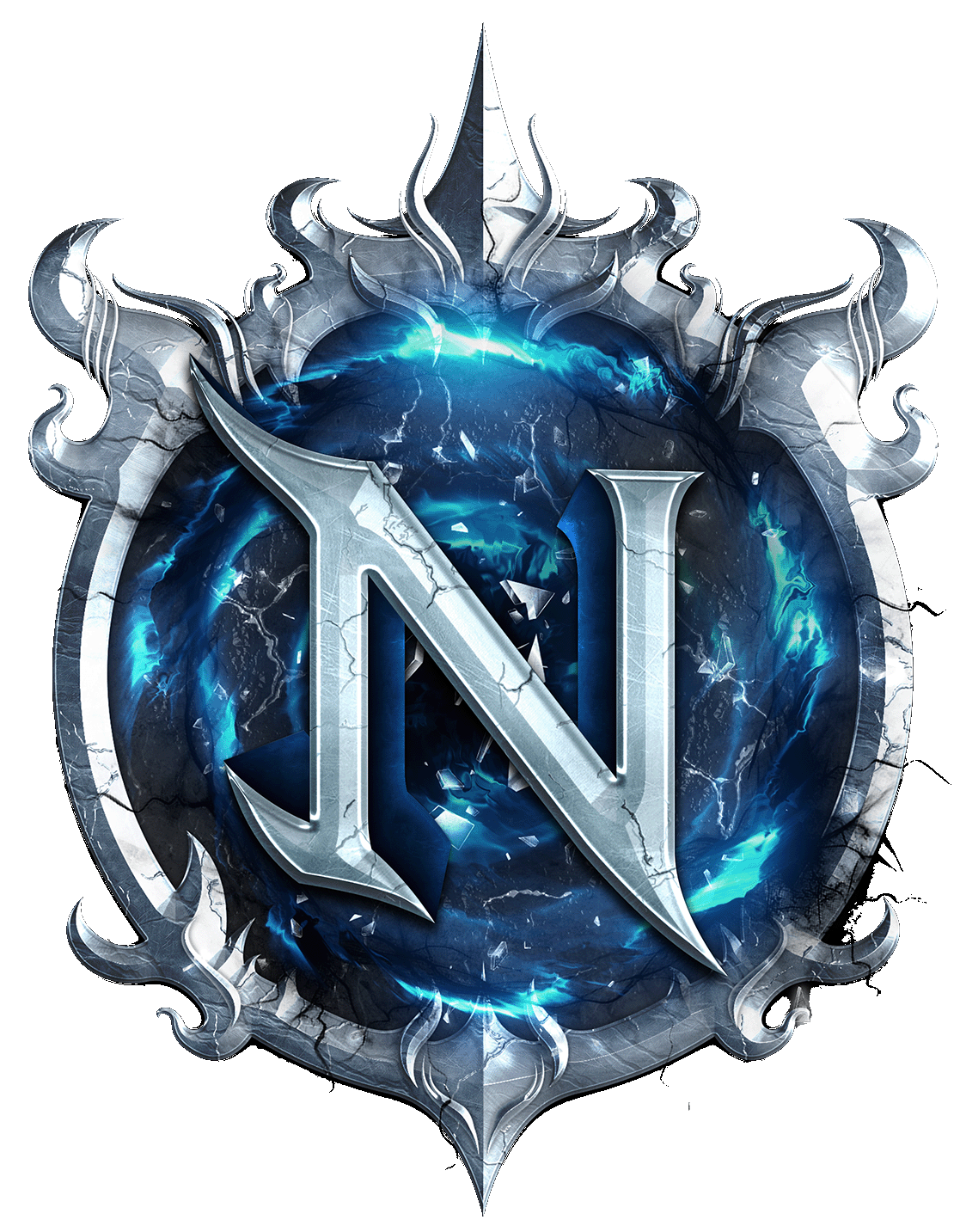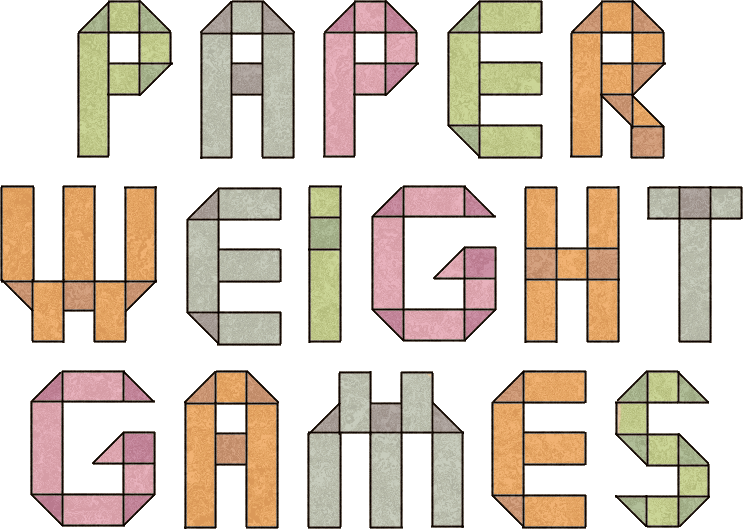How to Play
Neo Noble: Shattered Souls
Getting Started
Introduction
You died.
Death, however, is only the beginning. Your soul now stirs at the gates of judgment, your ultimate fate laid bare. There are no second chances - not truly. The only choice left is to not go forward.
Joining countless others who refused to cross over, you struggle to maintain your form, channeling spirit energy from anything - and anyone - around you. Yet where others have fallen from grace, your resolve remains unshattered.
Build your domain and arise as a Noble Lord, crafting formidable decks through bonds with souls of the mighty, the cunning, the desperate, and the righteous. In these endless planes of Limbo, each duel's victory is absolute - reap four souls from your opponent's domain before they harvest yours. But peace is fleeting, for another challenger always awaits.
Strike first. Uncover the secrets of strategic card dueling below, and begin your eternal conquest in Neo Noble: Shattered Souls.
Dueling Components
Survival in the planes of Limbo requires a few key components - your deck to Channel souls and Summon spirits, and Dominance coins to mark your resolve on the battlefield.
Required
- •31 Card Deck (detailed below)
- •3 Coins for Dominance
- •1 Coin for Noble's Bargain
Optional
- •1 D6 Die for Lingering Souls
- •Playmat & Sleeves
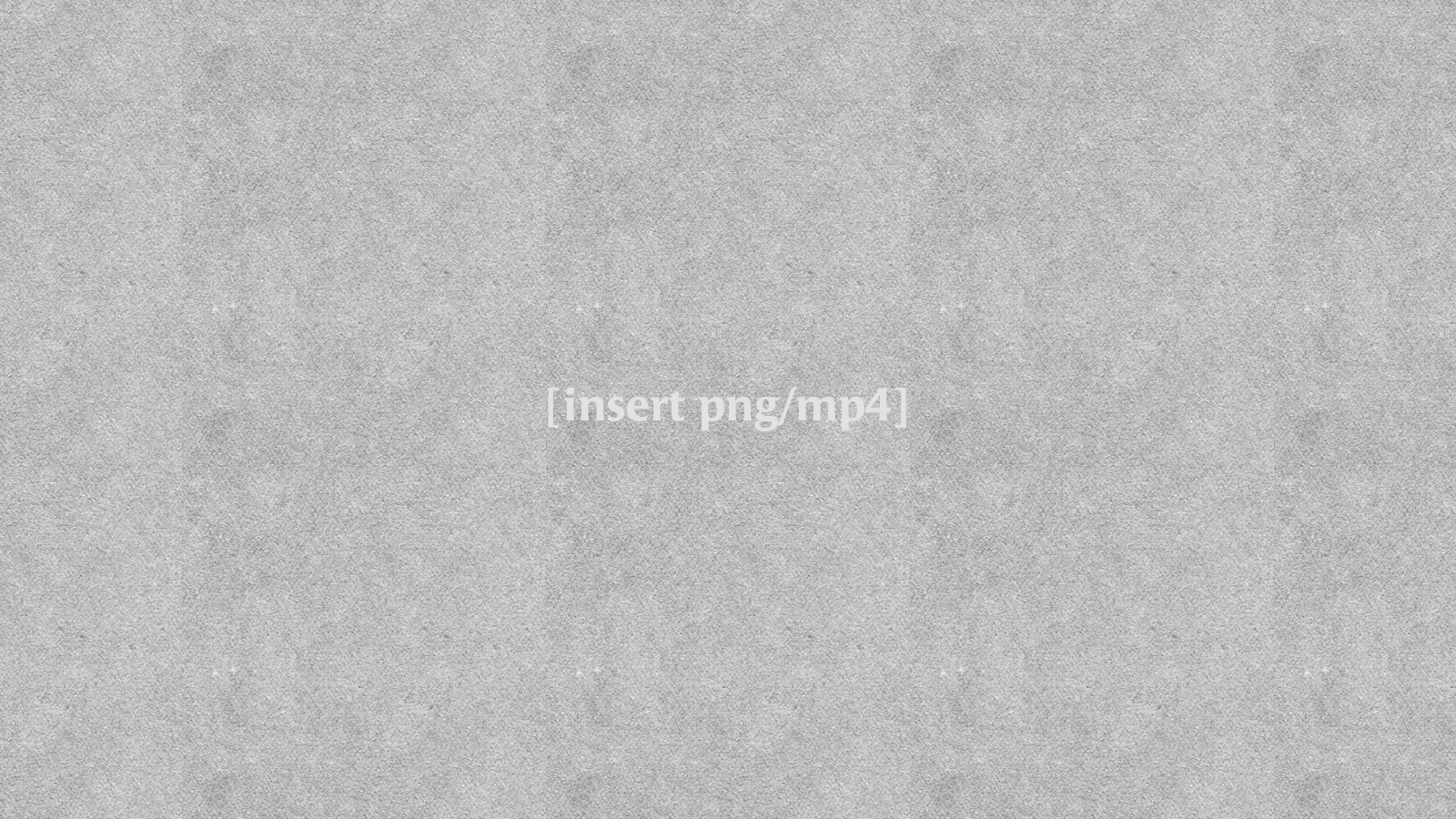
Card Types
There are four types of cards in Neo Noble, each with their distinct role and abilities or effects.
Nobles
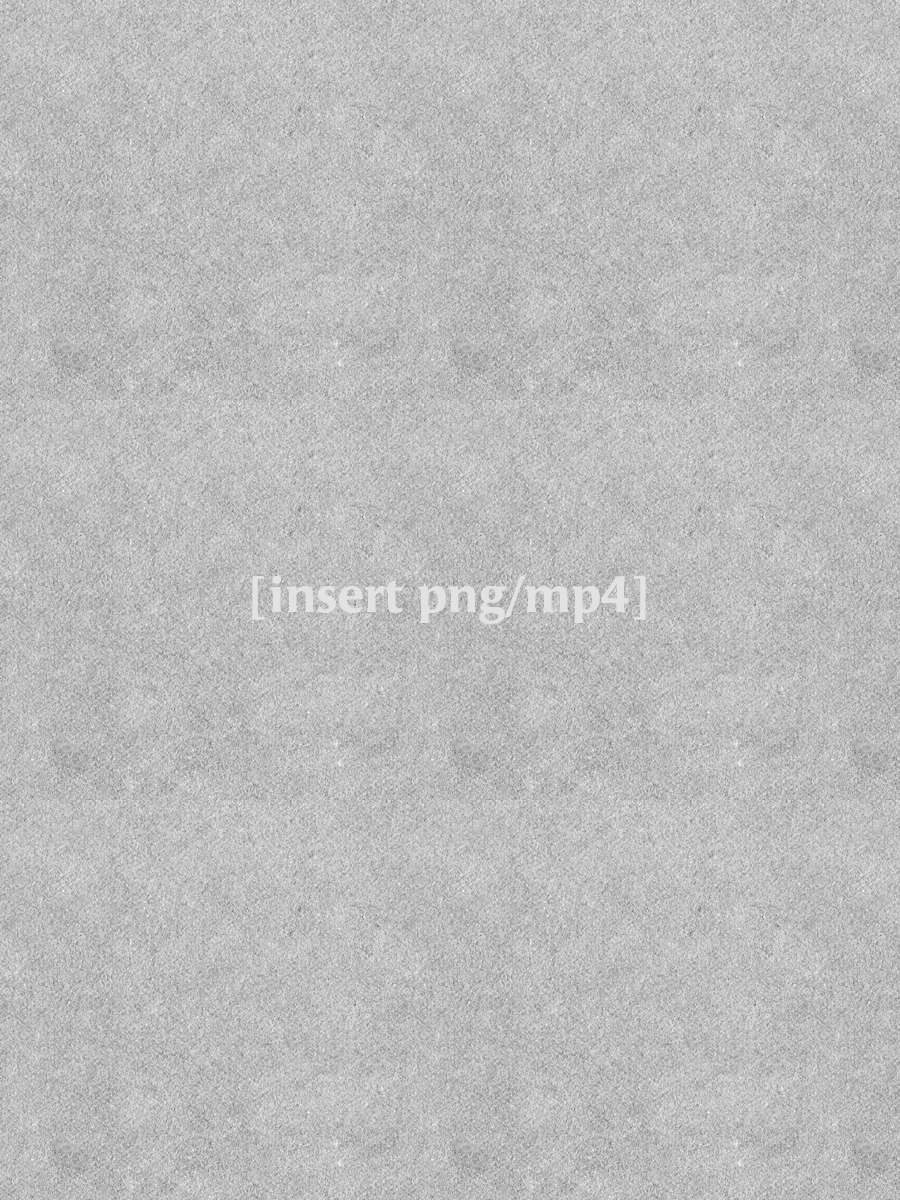
Your leader, always active with two special abilities
Cannot be destroyed or attacked directly
Can be targeted by abilities and effects
Do not have stats (cost/power/resolve)
Arbiters

Powerful champions with activated and passive effects
May Shatter if linked and later revealed
Errants

Weakened souls with a one-time effect upon summoning
* Effects may linger even after the card is summoned
Tokens

Temporary shades created by abilities or effects
Do not enter the Grave or Reap Pile (Reap card underneath Token instead).
Parts of a Card

Gameboard
Neo Noble's gameboard (a.k.a. playmat or play area) consists of seven main zones. These zones determine how a player manages resources, summons cards, battles, and tracks their victory points.

Bottom Zones
1. Noble Slot
Where your Noble card is placed at the start of the duel
2. Channel
Where cards are placed face-down as resources before being drawn
3. Domain (Deck)
Your deck of cards that you draw from during the duel
Top Zones
4. Battlefield
Three lanes (left, middle, right) where cards battle for dominance
5. Dominance Zone
Three circled slots above each lane tracking which player has the highest total Resolve
6. Graveyard (Grave)
Where cards are placed face-up after being discarded or defeated
7. Reap Pile
Victory point tracker where Reaped cards are stacked
Extra Zones
8. Banish Zone
Unmarked zone off the play area where cards are removed from the current duel
9. Token Area
Unmarked area for tokens, kept within reach for fluid gameplay
10. Reserve Deck
Sideboard used for best-of-three format (must remain visible to opponent)
Building Your Domain
Prior to dueling, both players must construct a 31-card deck (your domain) or use a preconstructed deck.
To start, choose a Noble with abilities and a playstyle that resonates with you. Then forge bonds with Arbiters and Errants until you have assembled your 30-card deck within these guidelines below:
Main Deck Requirements
- •1 Noble
- •30 Spirits (Arbiters + Errants)
- •Maximum 2 copies per card with the same name
- •Tokens (kept outside of deck)

Reserve Deck (Optional)
- •For Best-of-Three matchups
- •Up to 10 cards
- •2 copy maximum rule still applies
- •1-for-1 swapping between matches

Noble Tip
You can construct a deck using any combination of colors and Fates. You are not restricted to using only one color (like "Red") or cards that match your Noble's Fate (like HellBound).
Game Setup
Prepare for battle! Setting up a game of Neo Noble is quick and straightforward - you'll be ready to duel in just a couple of minutes.
Setup Steps
- 1.Place your Noble face-up in the Noble slot
- 2.Shuffle your 30-card Domain and place it face-down in the Deck slot
- 3.Randomly decide first player
- 4.Second turn player receives Noble's Bargain (A one-time, +1 Soul resource)
- 5.Both players Channel 1 card and draw 5 cards from their Domain
- 6.Declare and follow Mulligan Rules
 Noble's Bargain Coin
Noble's Bargain Coin| Mulligan Rules (Optional) | |
|---|---|
First Turn PlayerMay mulligan 1 card from their hand:
| Second Turn PlayerMay mulligan 2 cards from their hand:
|
Game Setup Guide

Gif loop of game setup sequence
Core Mechanics
Channeling
Channeling is the primary method of gaining Souls, which are the game's resources used to summon cards and activate effects.
The Channel Zone
- •Each player has 4 available slots to store and Channel their cards.
- •To Channel, place the top card of your deck face-down in the next available slot in your Channel Zone.
- •If your Channel Zone is full, you cannot Channel another card until a spot becomes available (see Harvest in INCOME PHASE).

Card States
- • Ready (upright) - Available to spend for 1 Soul
- • Spent (sideways) - Already used, cannot be spent again until refreshed
Cards can be in one of two states while in the Channel Zone:


Additional Rules
- •Cards enter Channel face-down unless flipped face-up from a card ability or effect
- •Face-up cards generate 1 Soul when spent like normal
- •Cards entering Channel outside of Income Phase enter spent unless otherwise stated
Noble Tip
Face-up cards may have special behaviors when Channeled - watch out!
Dominance
Dominance represents control over a lane's spiritual energy, which can be harnessed to generate Souls. Players compete for Dominance by maintaining the highest total Resolve in a lane.
Dominance Coins & Zones
There are exactly 3 Dominance coins in the game - one for each lane. Each lane has a corresponding Dominance tracker (coin) which begins in a neutral position between both players' playmats.



Coin States
- • Face-up (gold, "1" side): Ready/Active
- • Face-down (gray, "0" side): Spent/Inactive
Control & Positions
- •Neutral: Between both players
- •Player Dominante: On your side
- •Opponent Dominante: On opponent's side
Dominance Check
After a card is summoned or created and all effects have resolved, perform a Dominance Check. The lane/player with the highest total Resolve either gains, maintains, or steals Dominance from its current position. When gained, Dominance immediately flips to its spent side unless otherwise stated, then readies during your End Phase.
During your Action Phase, you may voluntarily relinquish Dominance in a lane you control to generate 1 Soul. The Dominance coin returns to the neutral position.

Additional Rules
- •An empty lane (no cards) cannot hold Dominance
- •If a Dominante lane becomes empty, Dominance returns to neutral
- •Ties in Resolve maintain the current Dominance state
Noble Tip
Many card abilities interact with Dominance states and changes. Consider carefully when to fight for, maintain, or relinquish Dominance in each lane.
Linking Spirits
Summoning your cards to the battlefield and linking their spirits is the heart of Neo Noble's gameplay. What powerful synergies can you discover through careful positioning and layering?
The Battlefield Zone
Cards are considered "cards" when in your deck, hand, or other zones. Once a card enters the battlefield face-up, it becomes a "Spirit" - a manifestation of its power on the field.
Your Battlefield consists of three distinct lanes representing areas of influence:
- •Left Lane - Closest to your Noble
- •Middle Lane - The central battleground
- •Right Lane - At the edge of your domain

Linking Mechanics
- •Stat Contribution
Each linked Spirit adds its Power and Resolve to the lane's total strength
- •Active Spirit
Only the topmost Spirit's effects are active in a linked stack
- •Lane Capacity
Each lane can hold up to 4 linked Spirits unless modified by card effects
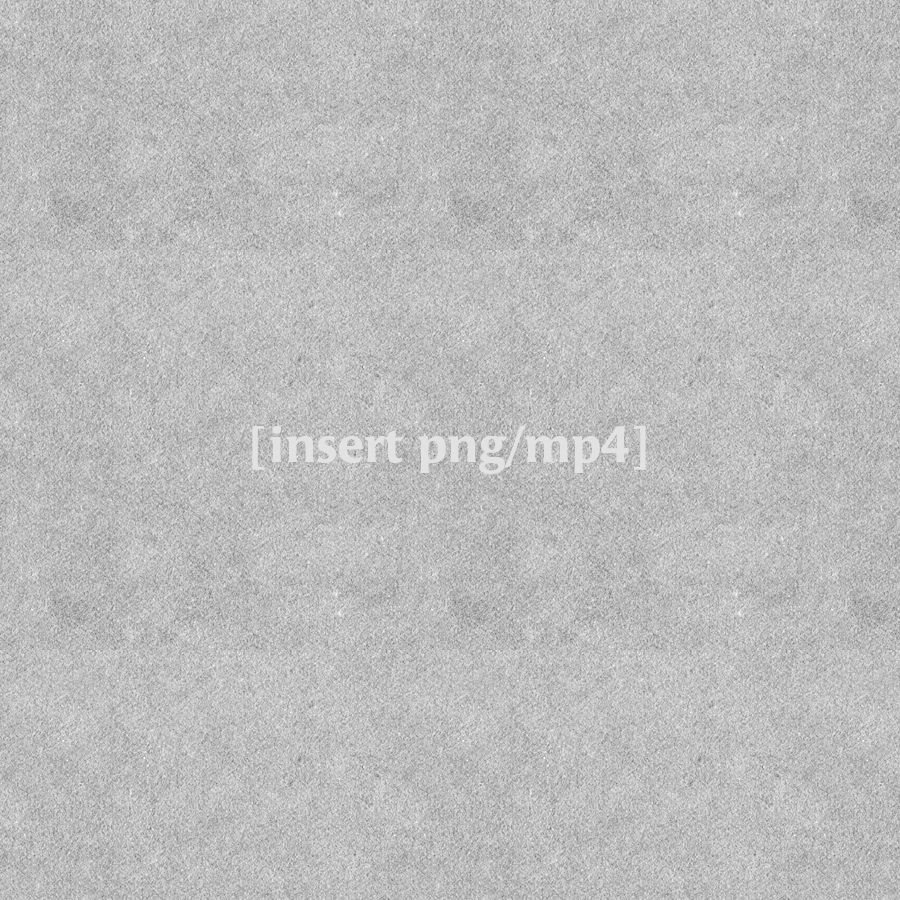
Additional Rules
- •Spirits cannot move between lanes unless directed by card effects or Battle
- •When a Spirit leaves a lane, remaining Spirits maintain their linked order excluding Arbiters (see Shattering below)
- •New Spirits are always placed on top of existing links in a lane
Noble Tip
Consider carefully which Spirit to place on top of a link - its effects will be the only ones active in that stack!
Shattering

Shattering is a unique behavior tied to Arbiters - their immense power comes at the cost of unstable manifestation.
Shattering Mechanics
- •Trigger Condition
When an Arbiter is linked (concealed) and later revealed, it immediately Shatters
- •Shattering Sequence
When an Arbiter Shatters, it is immediately destroyed and then sent to the player's Graveyard
- •Chain Reaction
After an Arbiter Shatters and enters the Graveyard, this can start a chain reaction of Shatterings

Key Rules
- •Chain reactions must fully resolve before other effects can occur
- •Arbiters can only be spared from Shattering through card abilities or effects (example: "This effect does not cause Shattering."
Noble Abilities
Nobles possess unique abilities that define their playstyle and strategy. These powerful abilities are always active or accessible while your Noble is in play.
Effect Types
Effects can be found on Arbiters, Errants, and even Tokens. Some cards may have no effects at all, relying purely on their Power and Resolve stats.


| Ability & Effect Activation Types | |
|---|---|
| INCOME Triggered at start of Income Phase. Optional unless stated "You must". | |
| ON SUMMON Triggered when summoned. Mandatory unless stated "you may". | |
| MANIFEST Once per turn abilities for Nobles and Active Spirits. | |
| ONGOING Passive effects active while card is face-up. | |
| END TURN Triggered at start of End Phase. Optional unless stated. | |
| PAY Activated at discretion when resources available. | |
Behaviors
Behaviors are special rules that dictate how cards interact with the game state, similar to keywords in other games. These can appear on any card type.
| Unique |
|---|
| PATHFINDER (If this card is summoned in an empty lane, you may Channel a card.) |
| Shared |
|---|
| HASTE (You may summon this face-up card from your Channel.) |
| Universal |
|---|
| BRITTLE (Destroy this card after activating its effect.) |


Turn Structure
A player's turn consists of three distinct phases: Income Phase, Action Phase, and End Phase - each with 4 Steps.

Income Phase
The Income Phase is where you'll set up your strategy for the turn ahead. During this phase, you can activate start-of-turn abilities or effects, draw cards and gain resources, or skip your turn completely to double up on resources.
KEY RULE
All steps during the Income Phase are optional but must be completed (or skipped) in order.
Activate Income Abilities or Effects
Your Income Phase begins with the opportunity to activate INCOME abilities and effects from any face-up cards under your control. These effects can range from generating resources to executing powerful strategic plays.
Income Ability & Effect Mechanics
- •Activation
INCOME effects are optional unless stated with "You must".
- •Resolution
Declare your card's named ability or effect along with it's rule text, followed by its target(s), action(s), and resolution.
- •Effect Order
When multiple INCOME effects are available, you determine their activation sequence.

Noble Tip
INCOME abilities count as activations, allowing cards with specific REACT triggers to respond even during the Income Phase.
Harvest
Harvesting is the optional act of drawing all cards from your Channel into your hand, which replaces a player's typical draw phase similar to other games.
Harvest Mechanics
- •Collection Process
All cards are collected from your Channel Zone regardless of their state (readied or exhausted), regardless if there is 1 card or 4 cards.

Noble Tip
Choosing when and when not to Harvest is crucial to long term victory. Players are encouraged to analyze their options in this moment similar to deciding a move in the game Chess.
Channel
After a player either Harvests or skips their Harvest step, they may Channel the top card of their deck face-down in their next available Channel slot (as outlined above in Channeling).

Channeling Mechanics
- •Channel Zone
Each player has 4 available slots to store and Channel their cards.
- •Process
Place the top card of your deck face-down in the next available slot in your Channel Zone.
- •Card States
Cards enter Ready (upright) and can be spent for 1 Soul, becoming Spent (sideways) after use.
Key Rules
- •Cards enter Channel face-down unless flipped face-up from a card ability or effect
- •Face-up cards generate 1 Soul when spent like normal
- •Cards entering Channel outside of Income Phase enter spent unless otherwise stated
Focus
The last step of your Income Phase is Focus. Focusing allows players to Channel and Draw a card from their deck to gain additional resources or play more defensive strategies.
Focus Mechanics
- •Channel Bonus
Channel an additional card from your deck (enters readied)
- •Draw Bonus
Draw the top of your deck to your hand
- •Action Phase Skip
After Focusing, proceed directly to your End Phase

Noble Tip
Focus can be a powerful tool when you need to build resources quickly or draw additional cards.
Action Phase
The Action Phase is where you'll deploy your tactics and attempt to outwit and overpower your opponent by spending resources gathered during the Income Phase. During this phase, you can draw additional cards, activate face-up card abilities or effects, and summon and send your cards into battle.
KEY RULE
All actions can be taken in any order, as many times as resources and individual actions allow.
Draw
Draw additional cards from your deck by spending souls as a basic action.
Draw Mechanics
- •Cost + Action
Pay 2 souls to draw the top card from your deck
- •Resolution
Drawn cards go directly to your hand
- •Combining Draw Actions
Players may combine multiple Draws into a single action by declaring and spending the required souls (example: declaring to your opponent that you are spending 4 Souls to draw 2 cards). This counts as one Draw action for the purposes of abilities and effect triggers.

Noble Tip
The Draw action is a great way to spend extra Souls before losing them at the End Phase.
Manifest
Activate powerful once-per-turn abilities and effects from your Nobles and active Spirits.

Manifest Mechanics
- •Activation
Activate the once per turn ability of a face-up Noble or effect of an active spirit with the MANIFEST activation type
- •Additional Costs
Some MANIFEST abilities and effects have an additional cost to use it's one-time abilitiy or effect (example: MANIFEST: Pay 1 Soul; you may reveal a face-down card in any player's Channel, then Channel 1 card.)
- •Multiple Copies of the Same Card
Cards with the same name can each activate their MANIFEST effect once per turn unless otherwise stated
Summon
Summoning is the act of paying a card's cost to play it onto the battlefield. There are three types of Summons: Normal, Tribute, and React. Cards may be summoned from any zone outside of the battlefield's three lanes (hand, Channel, Deck, Grave, Reap Pile, and Banish Zone).
See Linking Spirits under CORE MECHANICS for more information on summoning cards into the battlefield.
See the Dominance under CORE MECHANICS for more information on how summons trigger a Dominance Check.
Normal Summon Mechanics
- •Soul Cost
Pay souls by turning Channel cards sideways, spending lingering souls, relinquishing Dominance, etc.
- •Placement
Place as active (top) spirit in any lane unless stated otherwise

Tribute Summon Mechanics
- •Alternative Cost
Pay alternate cost stated in TRIBUTE— text instead of Soul Cost (e.g. TRIBUTE—Discard a GhostBound card from your hand.)
- •Placement
Place as active (top) spirit in any lane unless stated otherwise

React Summon Mechanics
- •Special Timing
Can be summoned outside your turn when conditions in REACT— text are met (e.g. REACT—When your opponent attacks.)
- •Cost
Still requires paying either Soul Cost or Tribute Cost
- •Effect Chaining
Cards with REACT— can cause certain abilities or effects to chain. In these cases, resolve the most recent card ability or effect first (i.e. "last in, first out").

Noble Tip
Empty lanes maintain an ambient Resolve ![]() of 2. Consider carefully before summoning - a weaker spirit could actually lower your lane's Resolve, leaving you more vulnerable than before.
of 2. Consider carefully before summoning - a weaker spirit could actually lower your lane's Resolve, leaving you more vulnerable than before.
Battle
If you control at least one card in a lane, you may challenge the opposing lane in a battle. If a battle action is taken, the battle must fully resolve before another action can be taken.

Attack Mechanics
- •Requirement + Cost
Choose a lane where you control at least one card. Pay 2 souls to declare an attack and challenge the opposing lane's Resolve
- •Power Check
Your lane's total Power must exceed the opposing lane's total Resolve by at least 1 to succeed
- •Frequency
You may only attack in each lane once per turn unless otherwise stated

Block Mechanics
- •Defense Boost
The defending player may discard any number of cards from their hand to their Grave to increase their defending lane's total Resolve (+1 per card discarded)
- •Timing
Must be declared after the attacking player declares their attack (i.e. stating "yes" or "no" to blocking the attack)
- •Resolution
If the defending player chooses to block, they must discard to make their lane's total Resolve greater than or equal to the attacking player's total Power to block

Reap Mechanics
- •Attack Successful
If attack succeeds, destroy defending active spirit and add it to its owner's Reap Pile (symbolizing that the card is in danger of being harvested by the duel's victor)
- •Attack Not Successful
If the attack is not successful, the battle resolves and new actions can be taken
- •Interactions
Some cards interact with the Reap Pile in unique ways
Battle Sequence

Noble Tip
Building up to a battle is an intense game of cat and mouse. Remember, you only need to overpower your opponent's side by 1 point - balance your offense and defense wisely to reap before being reaped yourself.
End Phase
The End Phase is where you'll clean up your board prior to passing turn priority to your opponent. During this phase, you'll have one last chance to activate end-of-turn abilities or effects before you manage your excess hand size and reset your main resources.
KEY RULE
All steps in a player's End Phase are mandatory, in order.
Activate End Phase Effects
Trigger any effects from cards you have in play that specifically activate during the End Phase.
End Phase Effect Mechanics
- •Timing
Effects trigger in the order you choose
- •Resolution
All end phase effects must be resolved before proceeding
- •Mandatory Effects
Effects are mandatory unless specified as optional

Noble Tip
Plan your turn carefully - End Phase effects can be powerful, but they're mandatory unless stated otherwise!
Lose Lingering Souls
Any temporary souls that were gained during your turn and haven't been spent are now lost.

Lingering Souls Mechanics
- •Soul Types
Only temporary souls are lost; permanent souls remain
- •Effect Interaction
Soul loss occurs even if affected by card effects
Discard
If you have more than 5 cards in your hand, discard cards until you have exactly 5 cards remaining.
Discard Mechanics
- •Choice
You choose which cards to discard
- •Destination
Discarded cards go to your Grave face-up
- •Skip Condition
If you have 5 or fewer cards, skip this step

Ready Channel and Dominance
Reset all cards in your channel to their readied state and ready your Dominance if it was used this turn.

Ready Mechanics
- •Channel Reset
All exhausted channel cards become readied
- •Dominance Ready
Ready any Dominance coins you control
Noble Tip
Players do not need to declare the end of their turn since this action signals to their opponent that it is now their turn.
Victory Conditions
Reap Victory
Capture four of your opponent's spirits before they do the same to you!
Reap Mechanics
- •Reap Pile
A temporary holding zone for cards in danger of being harvested by the opponent should they secure victory
- •Card Recovery
Cards can be 'rescued' or swapped from this pile if the ability or effect allows
- •Public Knowledge
This pile is always face-up and public knowledge


Noble Tip
Keep track of your opponent's Reap Pile - knowing what's at stake can help inform your strategy!
Alternative Victories
While reaping four spirits is the primary path to victory, there are other ways to achieve victory in Noble.
- •Surrender
Opponent concedes the match
- •Card Ability or Effect
Fulfilling a card's alternate win condition
- •Deck Out
Successfully battling an empty lane when opponent's deck and Grave are empty
References
Iconography
 Soul CostThe amount of souls required to summon a card or activate an ability or effect. |
PowerA card's offensive strength. Can go below 0 an infinite amount. This value is used to overpower the Resolve of an enemy card in battle. |
ResolveA card's defensive strength. Can go below 0 an infinite amount. Overpowering this value by at least 1 point will destroy and Reap the spirit in battle. |
ShatteringIndicates an Arbiter's spiritual form may shatter if linked and later revealed. |
TokenIndicates a temporary shade that is created by another card ability or effect. |
PathpawsA special icon for the token "Pathpaws, Jegu & Jagu". Pathpaws counts as a token for the purposes of gameplay. |
EarthBoundA brand given to Souls bound to reincarnate back to their home world. EarthBound cards are influenced by the Channel, cycle, and go wide on the battlefield. |
GhostBoundA brand given to Souls bound to be cast into the Void as ghosts. GhostBound cards are influenced by the Graveyard, bounce, and revealing what's hidden on the board and hand. |
HellBoundA brand given to Souls bound to an eternity of torment. HellBound cards are influenced by the Reap Pile, power, and winning battles at any cost. |
HeavenBoundA brand given to Souls bound to ascend in rapture. HeavenBound cards are influenced by Dominance, protection, and playing high cost cards. |
Glossary
- Ability
- Rule text unique to Nobles. Nobles typically have two abilities.
- Active Spirit
- Top card in a lane.
- Arbiters
- Powerful souls with ONGOING or activated effects. Will shatter if concealed and then revealed in a lane.
- Attack
- To initiate a battle in a lane where you control at least one active spirit. Costs 2 Souls.
- Banish
- Removing cards from the play area. Cards that are Banished may not reenter play during the same game.
- Behavior
- Common keywords with special rules on how the card can be played. Behaviors are not considered effects for the purposes of gameplay.
- Block
- Discarding cards to increase Resolve in response to an Attack.
- Channel
- Area where cards are readied to spend as resources. "To Channel" means moving the top card of your deck face-down to your resource pool.
- Destroy
- Sending a card to the owner's Graveyard.
- Domain
- The player's deck.
- Dominance
- Lane with the highest total Resolve.
- Dominance Check
- Triggered when a card is summoned or created (not placed or moved). ON SUMMON effects resolve before Dominance is calculated.
- Effect
- Rule text on what a card does. Arbiter and Errant have effects.
- Errants
- Stray souls with one-time ON SUMMON effects, or no effects at all.
- Focus
- Gaining Souls from your Channel.
- Graveyard
- Discard pile, reshuffle if deck is empty. May also be referred to as Grave.
- Lingering Souls
- Temporary resources gained from effects.
- Noble
- A powerful lord on Neo Noble who manifests their own domain; always visible with multiple abilities.
- Noble's Bargain
- A special coin granted to the second turn (defending) player. Banish to generate 1 Soul or summon the token card "Pathpaws, Jegu & Jagu".
- Planes
- Three areas on the field where cards are summoned and battle. Also called Lanes.
- Power
- Offensive strength of a spirit.
- React
- Cards which can be summoned when its REACT condition is met (i.e. "REACT—When your opponent attacks.")
- Reap
- Capturing defeated cards as a victory point.
- Reap Pile
- Holds cards captured by your opponent.
- Resolve
- Defensive power of a spirit.
- Reveal
- Flipping a face-down card face-up; typically in the Channel.
- Sacrifice
- Destroy a card you control via a card ability, effect, or behavior.
- Shatter
- A behavior unique to Arbiters who will be destroyed if linked and later exposed.
- Summon
- Playing a card by paying its cost (Soul cost, Tribute cost, or other cost stated by a card effect). Rule text which refers to a "Summon" includes all Summoned stated unless otherwise stated.
- Tokens
- Temporary shades created from card abilities or effects.
- Tribute Summon
- Playing a card by paying its alternate cost.
FAQs
Need help with specific rulings or interactions?
PLAY NEO NOBLE
CONTACT US
SITE MAP
MY DECKS
ADDITIONAL CREDITS
DEV TEAM: Aaron Beedle, AveZebra, James Grey Morgan, Joey Aaron, Mikolaj "Mideanon" Wiszniewski
ARTISTS: Bráulio Gregorio, Bruno Barros, Daniel Cunha, Hamza El Faroki, Klaw Machine, Rayven Studios, Xena Rin
CONTRIBUTORS: Olayinka Henrietta Edun, Color Current, Void State Media
WEBSITE BY Jagu Games & Tom Lorenzo
©2025 Jagu Games. All rights reserved. All trademarks referenced here are the properties of their respective owners.
